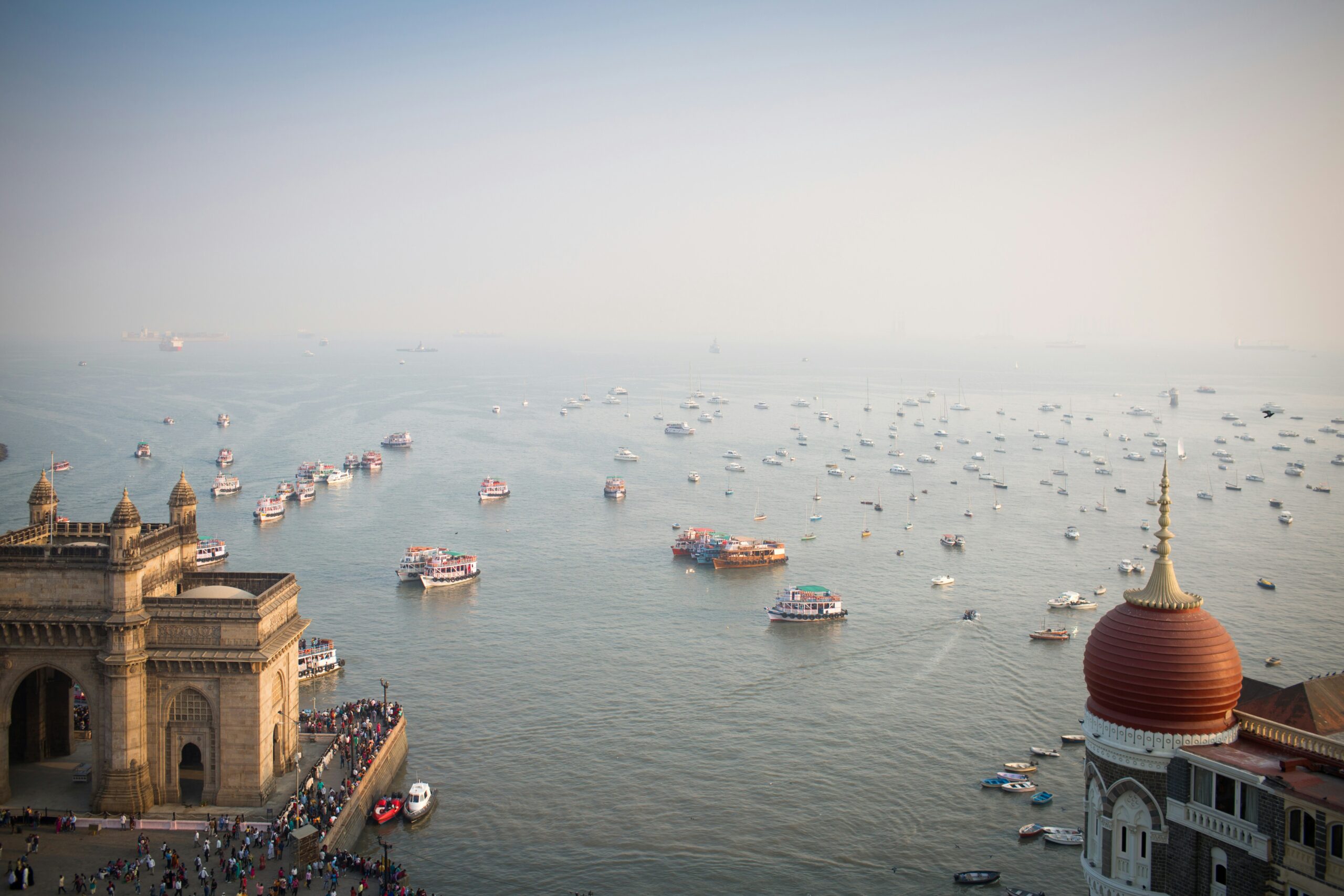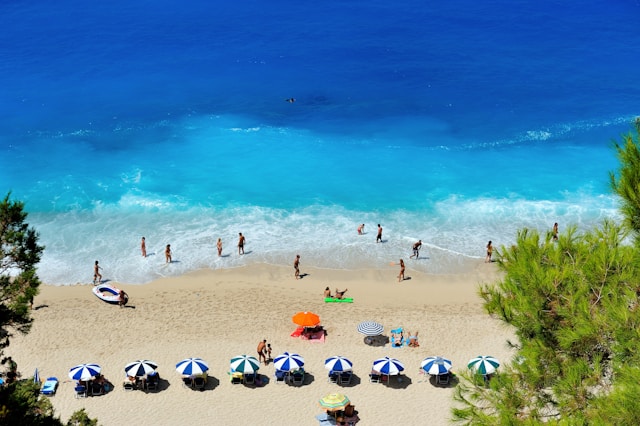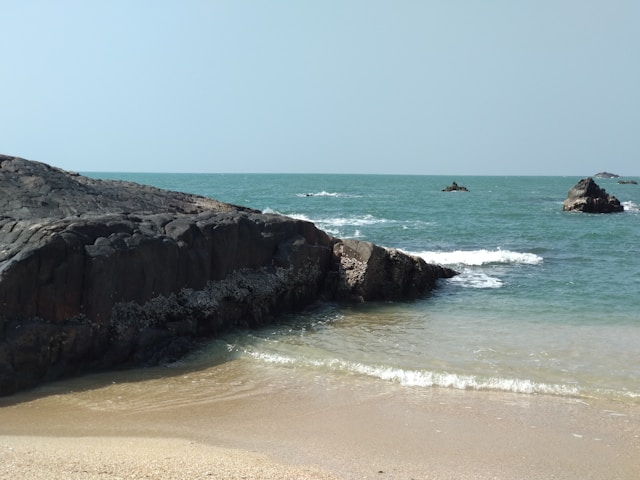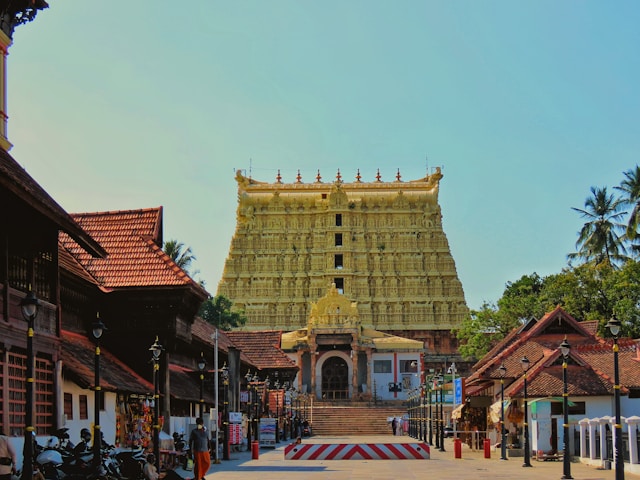Mumbai, the city of dreams, offers an intoxicating blend of colonial charm, contemporary luxury, vibrant street life, and a coastline that captivates every traveler. Whether you’re a history enthusiast, a beach lover, a culture seeker, or a culinary adventurer, Mumbai sightseeing promises unforgettable experiences. From the iconic Marine Drive to the ancient Elephanta Caves, each attraction speaks volumes of the city’s glorious past and dynamic present.
Marine Drive: The Queen’s Necklace
Stretching along the Arabian Sea, Marine Drive is not just a road; it’s an emblem of Mumbai’s elegance. This 3.6-kilometer-long boulevard, also known as the Queen’s Necklace due to the illusion created by streetlights at night, is a must-visit for every tourist.
We recommend starting your morning here with a serene walk as the sun rises, painting the sky in hues of orange and pink. The cool sea breeze, the sound of waves crashing against the rocks, and the view of joggers and yoga enthusiasts add a vibrant energy to the place.
At night, Marine Drive transforms into a romantic haven. Locals and tourists alike gather on the promenade to soak in the view and enjoy roadside snacks like bhel puri and vada pav. The skyline lit up in the backdrop is a photographer’s delight.
Gateway of India: Monumental Grandeur by the Sea
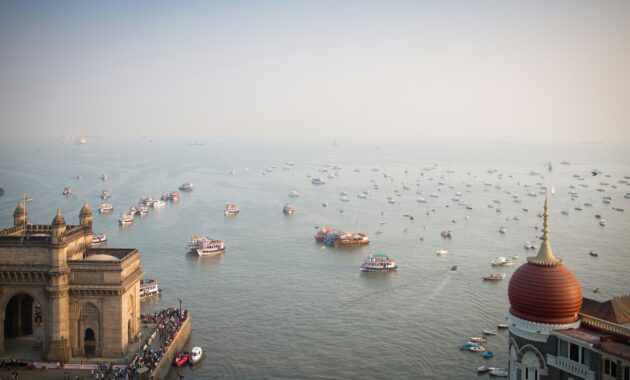
A short drive from Marine Drive leads you to the Gateway of India, one of the city’s most famous landmarks. Built in 1924 to commemorate the visit of King George V and Queen Mary, the archway is an imposing structure overlooking the Arabian Sea.
From here, you can enjoy a ferry ride that offers stunning views of the Mumbai coastline and leads you to the famed Elephanta Caves. The area around the Gateway is teeming with photographers, horse carriage rides, and vendors selling everything from souvenirs to coconut water.
Elephanta Caves: Ancient Art and Divine Heritage
Located on Elephanta Island, about 11 kilometers from the Mumbai coastline, the Elephanta Caves are a UNESCO World Heritage Site that showcase India’s ancient rock-cut architecture. The ferry ride to the island takes about an hour and is an experience in itself with panoramic views of the sea.
The caves, primarily dedicated to Lord Shiva, date back to the 5th to 8th centuries. The most famous sculpture, Trimurti Sadashiva, stands 20 feet tall and symbolizes the three forms of Shiva – creator, preserver, and destroyer. The intricate carvings and the sheer scale of these rock temples leave visitors in awe.
The walk up to the caves is lined with stalls selling local handicrafts and refreshments. We advise wearing comfortable shoes and carrying water, especially if visiting during summer months.
Chhatrapati Shivaji Maharaj Terminus: Victorian Gothic Beauty
A short ride from the Gateway of India brings you to the Chhatrapati Shivaji Maharaj Terminus (CSMT). This UNESCO-listed railway station is a brilliant example of Victorian Gothic Revival architecture mixed with traditional Indian influences.
Completed in 1887, CSMT is not just a transport hub but also a historical site. Its intricate carvings, stained glass windows, domed ceilings, and turrets resemble a medieval European cathedral. Be sure to take a guided heritage walk to truly appreciate its design and history.
Colaba Causeway: Shopper’s Paradise and Cultural Hub
No sightseeing tour in Mumbai is complete without visiting Colaba Causeway. This bustling street market near the Gateway of India is a treasure trove for bargain hunters and souvenir collectors. From antique clocks and junk jewelry to designer knock-offs and Bollywood posters, the variety is staggering.
After shopping, unwind at one of the iconic cafes in the area like Leopold Café or Café Mondegar, which have been popular hangouts for decades. The vibrant street art and colonial architecture add to the charm.
Chowpatty Beach: Sunset Views and Street Food Galore
Another gem along the coast is Girgaon Chowpatty, a lively beach especially famous for its local street food. Come evening, and the beach comes alive with food stalls offering pani puri, ragda patties, kulfi, and more.
Children flying kites, local artists performing street acts, and groups of friends playing cricket make Chowpatty a microcosm of Mumbai’s diverse social fabric. It’s also a prime spot to witness the Ganesh Visarjan festivities in September.
Haji Ali Dargah: Faith Amidst the Waves
Built in 1431, the Haji Ali Dargah sits on an islet off the coast of Worli and is connected to the mainland by a narrow causeway. This Indo-Islamic shrine houses the tomb of Sayed Peer Haji Ali Shah Bukhari.
The setting of the Dargah is dramatic, especially during high tide when it appears to float on water. Pilgrims of all faiths visit this spiritual site, offering prayers and tying threads of hope.
Sanjay Gandhi National Park and Kanheri Caves
For nature and history enthusiasts, a visit to Sanjay Gandhi National Park in Borivali is essential. Spread across 87 square kilometers, it is one of the few national parks located within a city.
Inside the park lies the ancient Kanheri Caves, a complex of rock-cut Buddhist caves that date back to the 1st century BCE. The caves were used as monasteries and are adorned with inscriptions, sculptures, and stupas. The lush greenery and the cool interiors of the caves offer a refreshing escape from the city bustle.
Dhobi Ghat: World’s Largest Open-Air Laundry
Located near Mahalaxmi Station, the Dhobi Ghat is a unique attraction that showcases Mumbai’s industrious spirit. Here, hundreds of washermen, or dhobis, wash thousands of clothes each day in rows of concrete wash pens.
This human-powered laundry system is a living symbol of Mumbai’s thriving informal economy. Guided tours are available and offer insight into the coordination and skill involved in running such a large operation without automation.
Final Words
Mumbai is not just a city; it’s an experience. From the serene walkways of Marine Drive to the spiritual tranquility of Elephanta Caves, each location offers a glimpse into the soul of a metropolis that never sleeps. Whether you’re drawn by heritage, architecture, food, or faith, sightseeing in Mumbai is an immersive journey through time and culture.
